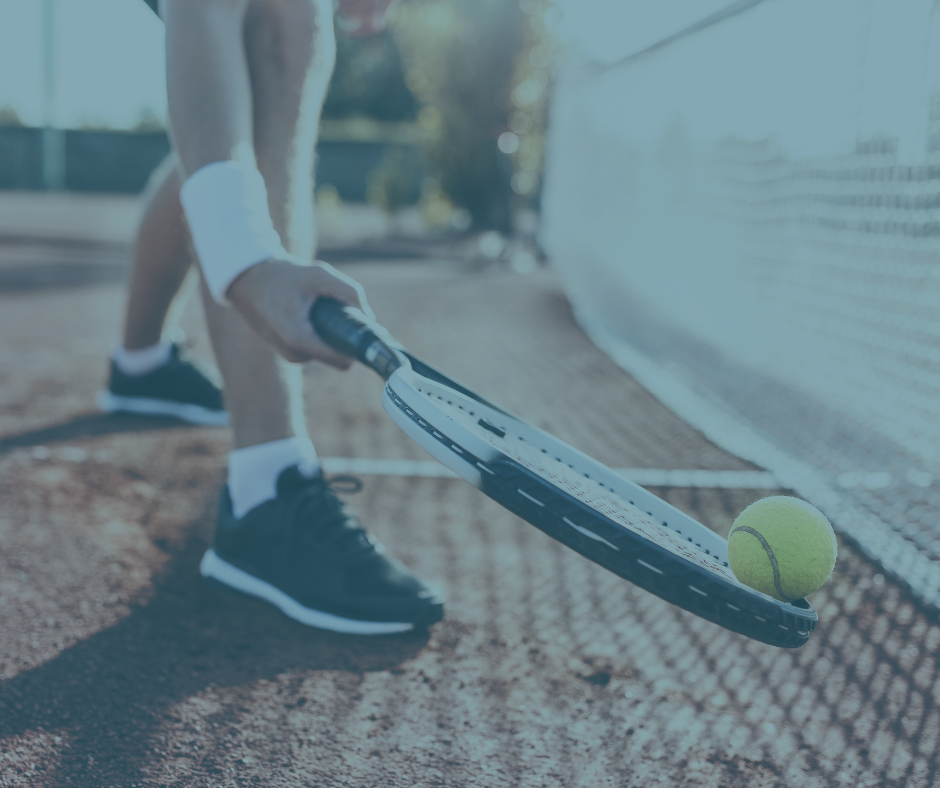by Sarah Cheyette, M.D.
As a pediatric neurologist who writes a lot about how to get work done if you (or your child) has ADHD, I’m delighted to have this opportunity to write about having fun! Actually, I believe that you can’t get work done unless you have fun.
Take some of the most driven people you can think of: world class athletes. They are known for their single-minded determination to reach a goal. They give everything they have. Many athletes use a technique called “interval training,” to build up power and stamina. They train in bursts, with “on” times, where they train really hard, alternating with “off” times, where they rest or exercise only lightly. The “on” time is the most visible, and often beginners focus only on what they do during the “on” time: how much they lift; how far or how fast they run.
However, the most experienced athletes know that the “off” time is as important as the “on” time. The “off” time rejuvenates their brain and body so they can perform at their peak during the “on” time. It prepares them to be at their most focused best as soon as the “on” time starts again. Having quality “off” time is therefore crucial for the “on” time.
Think about a tennis star in the break between sets. If they can get some quality “off” time, they can use that to erase from their consciousness the mistakes they made in the previous set, or things their opponent did that made them upset, and focus instead on strategies to win in the next set. If they can make their bodies truly wind down, they will be better rested physically for the next set. A tennis player who doesn’t know how to relax between sets–one who tries to be “on” all the time or who doesn’t know how to use their breaks to reset mentally and physically –is a tennis player at a disadvantage.
We all may not be sports stars, but the same philosophy applies to all of us. As adults, we are expected to be “on” for work; our kids are expected to be “on” for school. With a learning or attention problem, being “on” is even harder than average, and it is that much more important to take breaks. But, like an athlete, there are rejuvenating breaks and breaks that are not so rejuvenating.
What kinds of fun are most rejuvenating? The key is to look for activities that are at the pace of the natural world. The artificial world we have created with modern electronics is interesting and compelling, but do not look to recreational screens to rejuvenate you from work or school. Recreational electronics tend to be fairly high speed, and provide a lot of stimulation in a short amount of time. Your brain gets revved up (dopamine hits) from that stimulation, but once you stop the screens, your brain feels let down and like there is something missing–not relaxed, more like bummed.
Another way that screens are problematic is that they present a world that is not actually real, but kind of looks like it. For example, social media makes the world look like it is full of beautiful people who say and do clever things. What we don’t see are the filters, scripts, makeup and lighting that produce that artificial world, let alone all the mistakes, blemishes, and blunders that aren’t posted. Unsurprisingly, those that spend too much time on social media start to feel that their own real world doesn’t measure up. Study after study has shown that social media leads to increased anxiety and depression–again, not relaxed, but instead bummed.
In contrast, real world activities, and especially those that move at the rhythm and with the sensations of nature are in sync with how your brain works, rejuvenate your brain, and actually make you feel good.
This includes any activities that get you outside. As opposed to studies of social media users, studies of people out in nature consistently show benefits in the realm of anxiety and mood. Instead of revving us up only to crash again, nature moves at a pace our brains were evolved to handle. This is the break your brain needs from a frantically paced lifestyle.
If you’re not into mother nature, don’t worry, there are indoor activities that go at this pace too: board games, for example, in which you interact with actual other people (and not just their avatars) and in which you have to wait your turn and achieve your objectives bit by bit. When you examine the board and plot your strategy, your brain is recognizing patterns, thinking about one task at a time, and is “in the moment”. Reading a book is another activity that you don’t have to do outside but moves at a reasonable pace and keeps your attention on just one activity.
Real world also means activities that you actively do. Working with your hands to produce something–whether it’s music, a garden, art, woodwork, knitting a sweater, or making the perfect loaf of bread–gives you not only a sense of pleasure in the moment, but also a sense of accomplishment when you finish–”I did it!”. Not only do you feel good about what you did but it is there for everyone to see, resulting in additional positive feedback for you. And it stays visible or accessible –reminding you of what you have done and the great feelings that went along with it.
If you are physically limited in how hard you can exercise, just taking a walk can give you real world pace and real world sensations. Have you ever walked a route that you previously had only driven in a car? Didn’t you notice a whole lot of things on the way that you had never even realized were there? When you move slowly through the world, you notice things you otherwise don’t notice–a little lizard, a caterpillar, an earthworm. You smell the beautiful scents of flowers, see and hear birds, hear squirrels scolding each other, the wind in the trees. Even in the city, there are lots of things you notice on foot that you don’t in a car or even on a bike or while jogging. Your brain has enough time to react–and really register positive feelings.
And, exercise. Our brains are built to gather rewards from physical activity. When we exercise, chemicals are released in our brains that make us feel good (endorphins, which are natural opioids that enhance mood), and also help with rejuvenation of brain cells (Brain Derived Neurotrophic Factor aka BDNF). BDNF is particularly stimulated by exercise, and seems to be a key factor in helping your brain do better with learning, memory and other cognitive tasks. This chemical literally helps your brain grow new connections. And when you exercise you build your mitochondria (the energy producing parts of cells) both in muscle and brain. The brain is filled with blood vessels, and depends on your cardiovascular system to deliver it oxygen, glucose, nutrients, and carry away carbon dioxide and other waste products . That is, exercise keeps the “nutrient delivery and trash removal system” that is absolutely vital to your brain healthy.
Connecting with other people is also one of the most rewarding activities you can do for yourself. If you know someone who is struggling in some way, you can’t help them until you find a way to connect with them. If you are the one struggling, having a connection can help pull you out of the hole you feel you are in. Believe it or not, going out for tea or ice cream with someone may be the best thing you can do for them. Afterwards, you can talk about the issues, whatever they are. But for now, just enjoy the taste! You can also connect with four legged friends (or other pets) to reduce the stress and feel like all is well in the world.
Of course, despite all this you will get sucked into electronics, or your kids will ask for video games or screens or all the things you don’t want them to do. Those screens are built to take brains in and not let them go. Many people, especially kids, don’t care that these devices are powered by addiction algorithms for the purpose of making someone else money, but you should. Electronics are part of our society now, and so a certain amount of screen time is probably necessary, but there is no reason why you or your kids should do more screens than the other stuff that builds brains. If all else fails, see if you can get your kids to “buy” screen minutes with minutes of reading, exercise, or “real world” hobbies—and as an adult, you should attend to your own balance of activities.
So work hard—but also play hard. You will be glad you did!

About Dr. Cheyette
Sarah Cheyette, M.D., is a pediatric neurologist who specializes in the diagnosis and treatment of ADHD and Autism. She graduated from Princeton University and UCLA Medical School and has a thriving private practice in Palo Alto, CA. where she counsels and treats kids, teens, young adults and adults. She brings a powerful professional perspective on the benefits and limitations of ADHD medication, and the many behavioral adaptations people with ADHD must embrace to thrive with their condition. She is the author of four books- three of them on ADHD: Winning with ADHD , ADHD & The Focused Mind and most recently ADHD & Me. She is a regular contributor for Psychology Today and is a popular speaker on many topics including ADHD, Autism, the brain, teens, adults with ADHD and Autism, physician updates, neurology, focus issues and recommendations. Download her free copy of Move From Unfocused to Focused Thinking and follow her @SarahCheyetteMD



